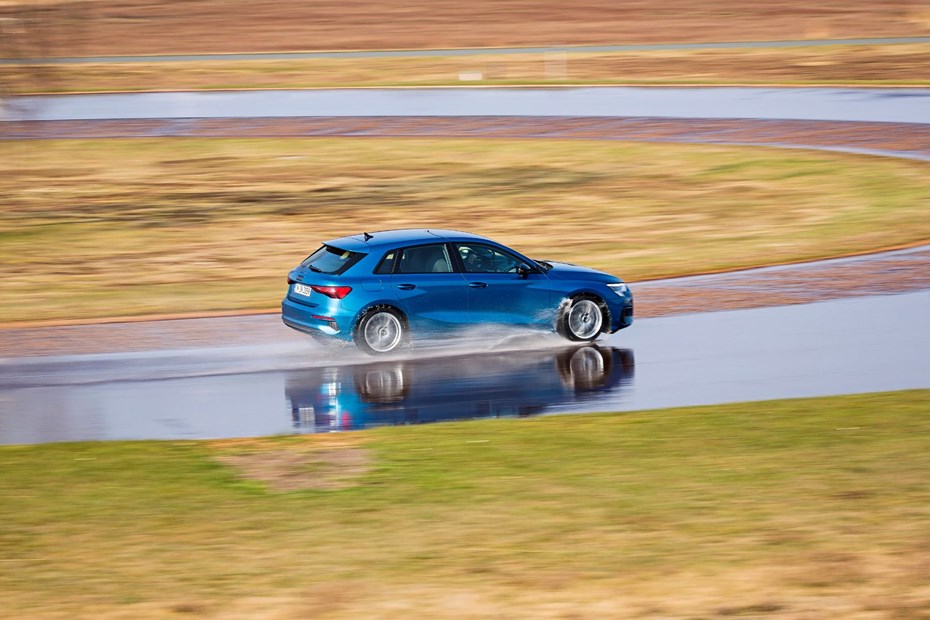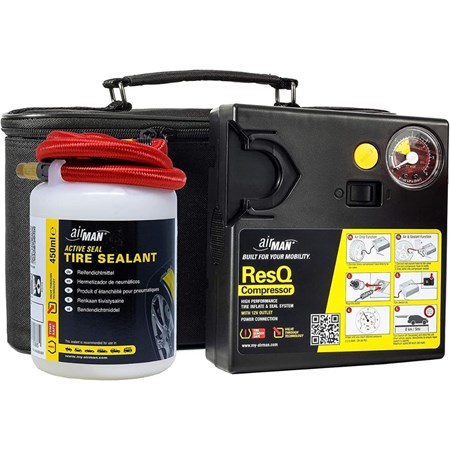Let’s be serious, tyres are arguably one of the most important parts of a vehicle, and it pays to make sure you have the best tyres possible. Unless you’re driving a train or nervously piloting a hovercraft, you will always need those circular bits of rubber in order to progress with your journey. Whether they’re dedicated winter tyres for the depths of Scandinavia or all seasons for everywhere else, tyres matter.
But choosing rubber for your vehicle has never been as simple as going to the store and buying a set. You have to get the right ones that will fit the wheels of your car. Even then, you’re still not settled; you have to decide whether you’d like a set of summer tyres, winter types, or even a whole load more.
Tyre technology and its general principles can circle back to the world of motorsport. The research and development can be circled back to the development of humble economy tyres. You’ll notice in Formula One and World Endurance Championships that tyres are changed pretty regularly throughout the race. They’ll usually be different sorts to suit the team’s condition of the race. From soft tyres for better performance to wet weather types for extra grip when the heavens open. But what about normal road tyres? Thankfully, they’re a lot simpler and cheaper than those used in motorsports. Parkers is here, with help from our German friends at Auto Zeitung, to help guide you on the different types of rubber and the best ones in each category.
The best tyres at a glance:
Best all-season tyres (Editor’s pick): Continental AllSeasonContact – Buy from Demon Tweeks.
Best summer tyres: Goodyear Eagle F1 Asymmetric 6 – Buy from Demon Tweeks.
Best winter tyres: Continental WinterContact TS 870 – Buy from Demon Tweeks.
The best tyres
Best eco tyres
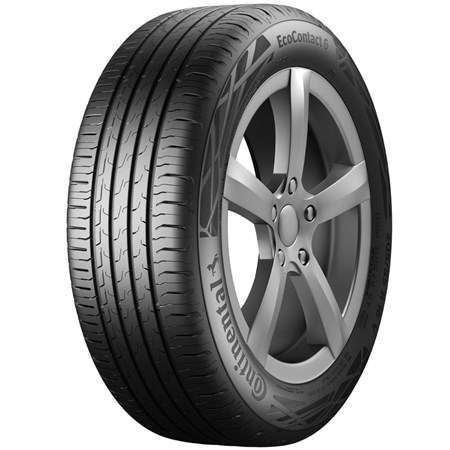

Continental's aims for a carbon-neutral future are all very well, but the sheer amount of sizes available with the EcoContact 6s means that many vehicles are eligible for an MPG improvement. They are available to fit any wheel from 13 to a substantial 22 inches.
Where hindrances lie is the fact that for wet weather grip, they're not designed for commercial vehicles.
Pros
- Low rolling resistance
- Wide range of sizes available
Cons
- Wet weather grip not compatible on commercial vehicles
Best all-season tyres (Editor's pick)
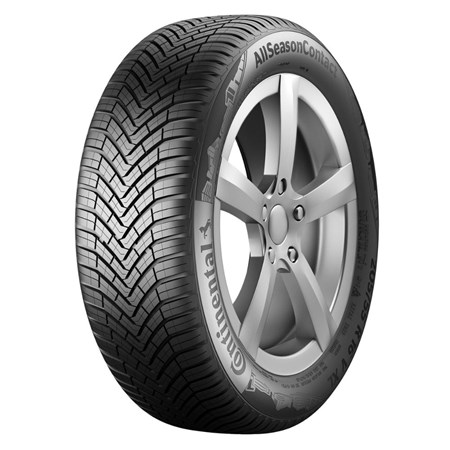

As we found out while testing the tyres, we discovered that they were suitable for whatever weather is thrown to the road surfaces. From when it's dry, soaking wet, or sludgy with snow, the AllSeasonContacts are ideal.
Pros
- Very good in all weather conditions
- Contributes to good fuel consumption
Cons
- Not necessarily suitable for commercial vehicles
Best summer tyres
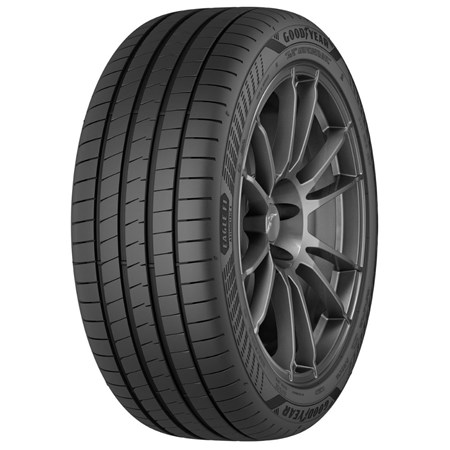

We've tested its predecessor, the Asymmetric 5, and were greatly impressed. The 6 improves on what makes the Eagle F1 series reputable and offers the utmost control in rain or shine conditions.
Pros
- Incredible grip and performance
- Designed for EVs as well as ICE vehicles
Cons
- Not ideal for the winter
Best winter tyres


Another great bonus is that if you need slightly wider tyres, Continental also manufactures the TS 870 P. The regular TS 870 differs because it's narrower and suitable for most average cars.
Pros
- Great grip in the snow
- Wide range of sizes available
Cons
- Not suitable for some commercial vehicles
The best tyre accessories
Best digital tyre inflator
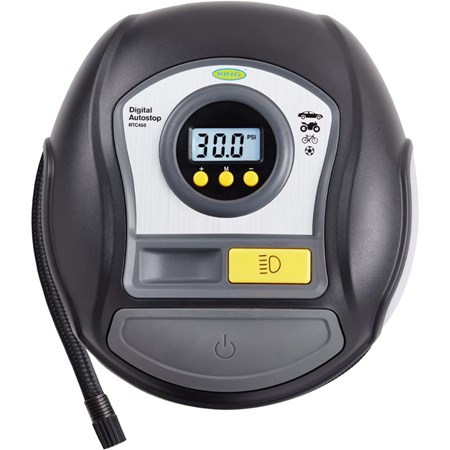

The Ring RTC450 is corded and comes with a winding cable for the socket. It's compact, easy to use and even comes with a handy LED light if you need to use it at night. No car is complete without a tyre inflator, and the RTC450 is an ideal companion.
Pros
- Easy to use
- Good quality
Cons
- Not for someone who doesn't like cords
| Power | Corded |
| Weight | 810g |
| Dimensions | 19.7cm x 18cm x 8cm |
Best tyre emergency kit
AirMan supplies a great tyre repair kit for those who want one. It comes with a 450ml can of sealant, a 12V compressor, and a useful case to keep them in. It's applicable on any car and is also recommended by a number of established manufacturers such as Ford, VW and Honda.
Pros
- Easy to use
- Universal kit
Cons
- 450ml sealant is a slightly small amount
| Power | 12V |
| Weight | 1.47kg |
| Dimensions | 29cm x 10cm x 18cm |
Best tyre tread depth monitor
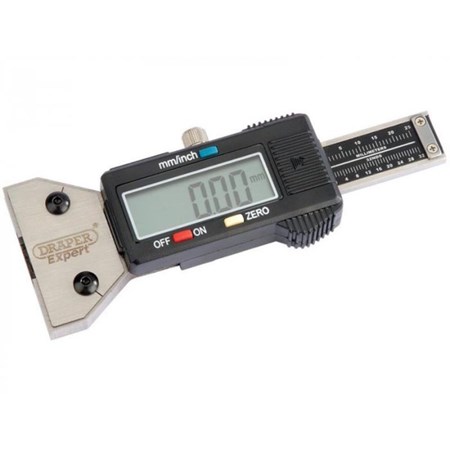

One of the classic tricks you can try is to stick a 20p coin in the grooves of your tyres, checking if the rim fits snugly in place. But if you want to be sure, then a proper tyre depth gauge is the way forward. Draper's TG2 depth monitor boasts great build quality as well as an accurate reading. It's incredibly simple to use and comes in a neat little case for storage.
Pros
- Accurate reading
- Great build quality
Cons
- You may find it a little fiddly at first
| Measuring range | 0-25mm |
| Power | SR44 battery |
FAQs
-
How do I choose the right tyres for my vehicle?
To choose the right tyres, consider the tyre size, load rating, and speed rating as specified by your vehicle manufacturer. Additionally, take into account the typical driving conditions and your driving style
-
How often should I replace my tyres?
Tyres should be replaced when the tread depth reaches 1.6mm, the legal minimum in the UK, or if they show signs of damage or wear. Typically, tyres may need replacement every 20,000 to 30,000 miles, depending on usage.
-
What are the benefits of high-performance tyres?
High-performance tyres offer better handling, improved grip, and shorter braking distances, which can enhance driving safety and vehicle performance, especially in challenging driving conditions.
-
How do I maintain my tyres to ensure they last longer?
To maintain tyres, regularly check and adjust tyre pressure, rotate tyres every 6,000 to 8,000 miles, ensure proper wheel alignment, and inspect for any damage or uneven wear.
-
How can I check the age of my tyres?
The age of a tyre can be checked by reading the DOT code on the tyre sidewall. The last four digits indicate the week and year of manufacture (e.g., "2320" means the tyre was made in the 23rd week of 2020).
-
What should I do if my tyre gets a puncture?
If a tyre gets a puncture, safely pull over and replace it with the spare tyre if possible, or use a tyre repair kit. For a permanent solution, have the tyre inspected and repaired by a professional as soon as possible.
-
How do I know which tyres are correct for my car?
That all comes down to size. We're used to identifying different tyre sizes on test days, such as our summer tyres comparison test. For yourself, in order to find out the tyre size for your car's wheels, it's handily written on the sidewall. You should see a pattern along the lines of 205/55 R16 91V.
Let's break that down: the first digits (205) represent the width of the tyre. The second set of digits (55) represents the aspect ratio. The third set (R16) represents the rim diameter - R meaning rim. The last set represents the load index and speed rating (91 for max load capacity for the tyre and V being a symbol for max speed under full load).
These numbers will be different across the board, with different cars and different sizes. But after perhaps you've made a temporary repair with some tyre sealant, that's how you read your rubber when it comes to ordering a set of replacements. -
Regarding spare tyres (or lack thereof) - why?
It's an interesting one to swallow, but it's true. For a really long time, manufacturers have ditched full-size spare wheels and either opted for space savers or done without one altogether. The aim is to free up space for other things, such as a tyre repair kit or storage for a digital tyre safety monitor. Or with hybrid or electric vehicles, batteries or motors.
Space savers are not for continuous use. They should only be installed to get you home until you can get the proper tyre(s) replaced, and you will usually be limited to how fast you can travel safely with them. The same principle applies to tyre repair kits. Think of it as patching up a wound before you get proper treatment at a hospital.
How we choose
All of these tyres have been hand-selected by our team of experts who have spent hours investigating and researching tyres to make it easier for you to find the very best, and we’d never recommend a product we don’t believe in.
Where possible, we also test and share the latest and best products you should know about.
Sign up to the Parkers Newsletter to keep up to date with more of the latest reviews, news, and recommendations from the Parkers team.
Just so you know, whilst we may receive a commission or other compensation from the links on this website, we never allow this to influence product selections – read why you should trust us.
Just so you know, we may receive a commission or other compensation from the links on this website - read why you should trust us.


